It's fun to read the source code for Python2.7 which is very well written and clear to read. (I'm referring to version 2.7.12 if you want to play along at home.) A good place to start in understanding the code is the excellent series of lectures: C Python Internals which starts from a beginner's perspective.
The critical code (written in C) relevant to us appears in the file 'Objects/intobject.c' (I've removed some #ifdef code and slightly modified the creation of a new Integer object for clarity):
#define NSMALLPOSINTS 257
#define NSMALLNEGINTS 5
static PyIntObject *small_ints[NSMALLNEGINTS + NSMALLPOSINTS];
PyObject *
PyInt_FromLong(long ival)
{
register PyIntObject *v;
if (-NSMALLNEGINTS <= ival && ival < NSMALLPOSINTS) {
v = small_ints[ival + NSMALLNEGINTS];
Py_INCREF(v);
return (PyObject *) v;
}
/* Inline PyObject_New */
v = (PyIntObject *)Py_TYPE(v);
PyObject_INIT(v, &PyInt_Type);
v->ob_ival = ival;
return (PyObject *) v;
}
So essentially it creates a preset array containing all the numbers from -5 to 256 inclusive and uses those objects (increasing their reference counts using the Py_INCREF macro) if possible. If not, it will create a brand new PyInt_Type object, which is initialised with a reference count of 1.
The mystery of why every number seems to have a reference count of 3 (actually almost any new object) is only revealed when you look at the byte code that Python generates. The Virtual Machine operates with a value stack (a bit like in Forth), and each time an object is put on the value stack it increments the reference count.
So what I suspect is happening is that your code is itself providing all 3 of the references you see, since for numbers not in the list of small values, you should get a unique object. The first reference is presumably in the value stack for the caller of getrefcount when it makes the call; the second is in the local variable list for the getrefcount frame; the third is likely on the value stack in the getrefcount frame while it looks up its reference count.
A useful tool if you want to dig further into the issue are the 'compile' command, and the 'dis' command (disassemble) which is in the 'dis' module, which will together allow you to read the actual byte code generated by any piece of Python code, and should help you find out exactly when and where the third reference is being created.
As for the higher reference counts for small values, when you start Python, it automatically loads the entire Standard Library and runs quite a lot of Python module initialisation code before you get to start interpreting your own code. These modules are holding their own copies many of the small integers (and the None object which is also unique).
